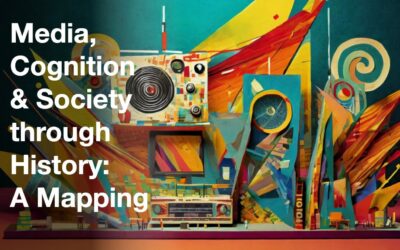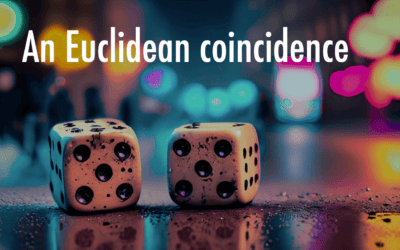Kristen Kereluik, Matt Koehler and I just published an article in The California Reader: A publication of the California Reading Association. The complete citation and abstract is as follows:
Kereluik, K., Mishra, P., & Koehler, M. J. (2010, Winter). On learning to subvert signs: Literacy, Technology and the TPACK framework. The California Reader, (44), 2. p. 12-18.
This paper discusses new literacy practices that can be enabled through the creative repurposing of digital technologies. We frame the discussion within the Technological Pedagogical Content Knowledge (TPACK) framework. TPACK is a form of knowledge that teachers need to have in order to successfully integrate technology in their teaching. TPACK argues for the idea of teachers as designers of curriculum, who repurpose existing technical tools for pedagogical purposes. Finally we offer a set of implications of this approach for teacher preparation programs.
We start the paper with two examples that were first reported on this blog. The first is from Michael Hughes, a graduate of our MAET program, who had something he does with his 6th grade students and the second has to do with Sean Nash (of Nashworld fame) and an activity he gave students in his advanced biology class – reported here.
As I have been blogging over the years I am finding more and more examples of this kind of bi-directional influence, academic texts end up on my blog (edited or unedited) and my blogging informs the my academic writing! I had expected the former to happen, in fact the broader dissemination of my academic writing was part of the reason I started this blog in the first place. What I had not expected was to see my blogging contributing to my academic writing.




0 Comments
Trackbacks/Pingbacks